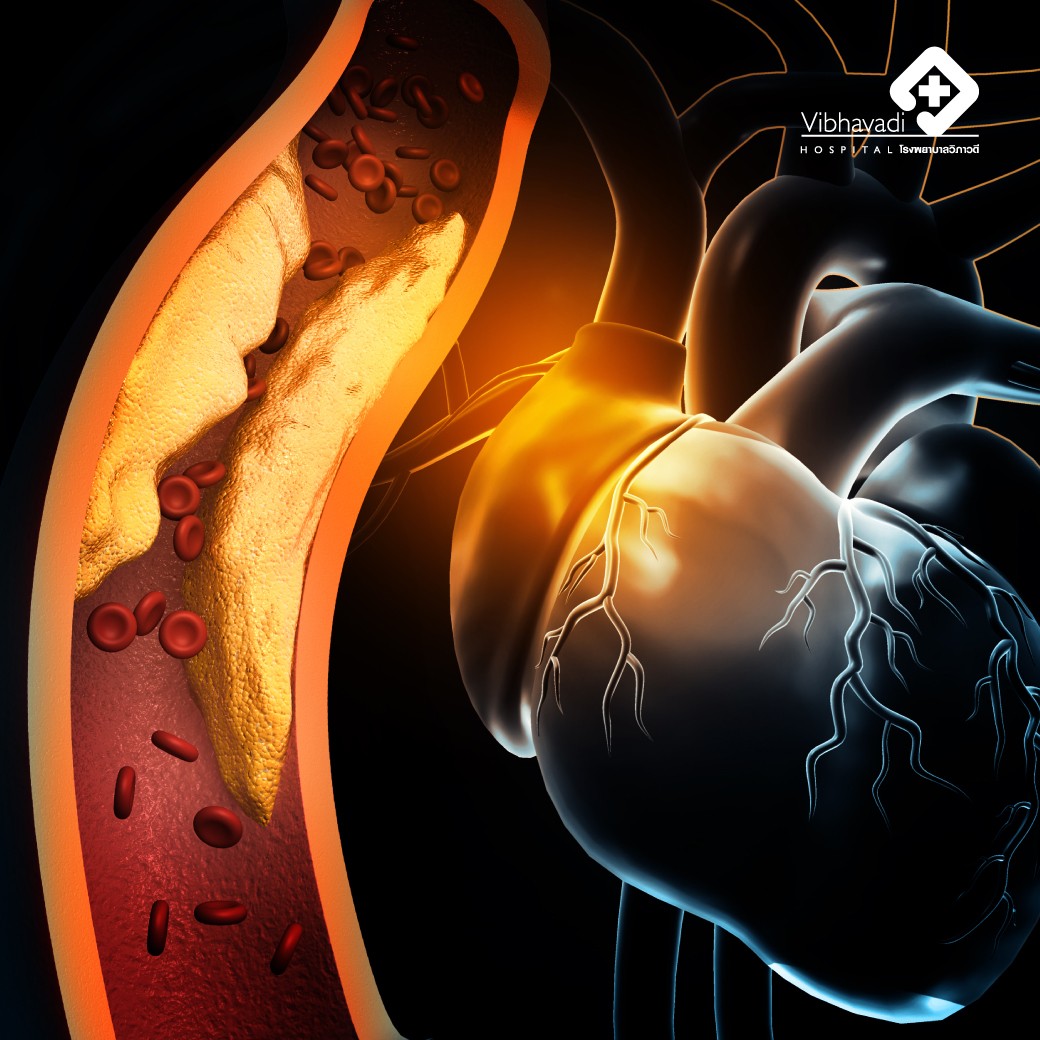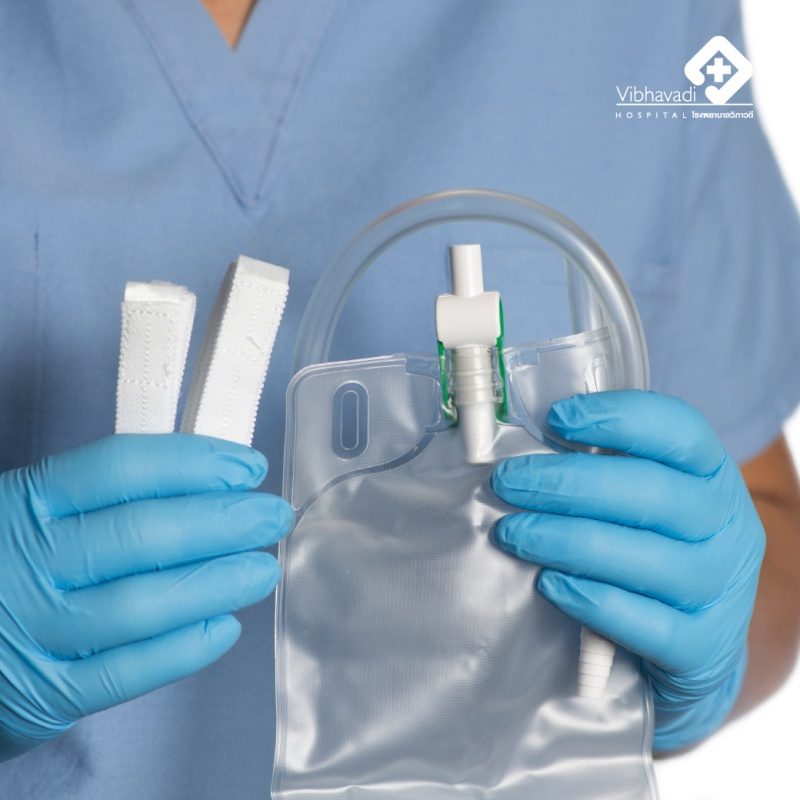Rheumatoid Arthritis
Rheumatoid Arthritis
By Dr. Anawat Suesuwan
Rheumatologist, Vibhavadi Hospital
What is Rheumatoid Arthritis?
Rheumatoid arthritis is a chronic inflammatory joint disease. Patients experience simultaneous inflammation in multiple joints, and prolonged inflammation leads to joint destruction, deformity, and potential disability. In addition to joint symptoms, some patients may also exhibit manifestations in other organs.
What are the causes of Rheumatoid Arthritis?
The exact causes of rheumatoid arthritis are still not fully understood. Studies have identified several factors that play a role, including genetic factors, infectious agents, sex hormone influences, and immune system dysregulation.
Currently, it is believed that the development of rheumatoid arthritis requires the interplay of multiple components. Patients have genetic predispositions that contribute to disease development and are triggered by various factors.
What are the key symptoms of Rheumatoid Arthritis?
The main symptoms include inflammation in multiple joints, particularly the wrists and finger joints. Patients experience constant joint pain regardless of joint usage and morning stiffness. Apart from joint symptoms, other possible manifestations may include low-grade fever, fatigue, rheumatoid nodules, dry mouth, and dry eyes. Joint involvement leads to loss of function and reduced mobility. Prolonged inflammation results in joint destruction and deformity. When the disease reaches its full manifestation, diagnosis becomes relatively straightforward as patients exhibit inflammation in multiple joints, mainly in small joints, particularly in the hands and feet. The affected joints demonstrate a symmetrical distribution and characteristic deformities. However, in the early stages, patients may present with various symptoms, making diagnosis challenging.
What are some diseases that have symptoms similar to or resemble rheumatoid arthritis?
Diseases that resemble rheumatoid arthritis include systemic lupus erythematosus (SLE), Sjögren's syndrome with non-Sjögren's syndrome arthritis (SNSA), gout, infectious arthritis, and rheumatoid arthritis associated with cancer.
Why is it necessary to conduct laboratory tests frequently in patients with rheumatoid arthritis?
Frequent laboratory testing in patients with rheumatoid arthritis is necessary for several reasons. It is used for disease diagnosis, assessing the severity of the disease, evaluating patients before considering medication options, monitoring treatment response, and tracking potential side effects that may occur during treatment.
How is rheumatoid arthritis treated?
The treatment of rheumatoid arthritis consists of three components: non-pharmacological treatment, pharmacological treatment, and surgical intervention.
1. Non-pharmacological treatment:
Patients should have knowledge and understanding of the disease, self-care practices, and medication usage. Patients should avoid excessive physical strain and ensure sufficient rest. Medical rehabilitation techniques play an important supportive role in helping patients manage and improve their condition, reducing joint pain, and enabling better self-care. Environmental modifications within the home may be necessary, such as replacing twist taps with lever taps or using bidets instead of wiping. These are some examples of non-pharmacological treatment methods.
2. Treatment with medications:
Currently, the understanding and knowledge of rheumatoid arthritis have improved, leading to the development of various combined medication treatment methods. This has resulted in better control of inflammation, reduced joint damage, and a lower risk of disability compared to the past. The medications used for treatment consist of several groups of drugs, including the following:
Non-steroidal anti-inflammatory drugs (NSAIDs) such as ibuprofen, naproxen, indomethacin, and diclofenac. These drugs have properties that alleviate pain and reduce inflammation. However, they may have potential side effects such as gastrointestinal irritation, liver inflammation, edema, high blood pressure, and difficulty in blood clotting. It is recommended to take these medications immediately after meals. Newer drug groups with fewer gastrointestinal side effects have been developed, but they provide similar pain relief and anti-inflammatory effects. Examples of these drugs include meloxicam, celecoxib, and etoricoxib.
Disease-modifying antirheumatic drugs (DMARDs) that modify the course of the disease. These medications do not directly relieve pain but exert their effects by reducing inflammation and suppressing the inflammatory cells. They help control the disease more effectively. Since these drugs do not have immediate pain relief effects, it may take several weeks or months for them to show their full efficacy, depending on the type of drug. There are several types of DMARDs available, such as chloroquine, sulfasalazine, methotrexate, gold salts, and leflunomide. These drugs have varying potential side effects, such as effects on the optic nerve, liver inflammation, bone marrow suppression, and interstitial lung disease. Therefore, the use of these medications should be closely monitored by a healthcare professional.
Corticosteroids, also known as steroid medications, can rapidly and effectively suppress inflammation. However, they have significant side effects, including thinning of the skin, weight gain, osteoporosis, cataracts, and adrenal insufficiency. Currently, healthcare professionals try to avoid using these medications unless patients have severe symptoms or for disease control during the initial stages when DMARDs have not yet shown their effects. Once the disease is well-controlled, the dosage of corticosteroids should be minimized, and their use should be discontinued as soon as possible.
Targeted synthetic DMARDs: It has been discovered that one of the key inflammatory substances in rheumatoid arthritis is cytokines. Therefore, medications targeting these cytokines have been developed. Examples of medications in this group include infliximab, etanercept, and adalimumab. These medications have shown great efficacy in treating rheumatoid arthritis by rapidly reducing inflammation and inhibiting joint damage. They can be used in patients who do not respond to DMARDs that modify the disease course. Potential side effects may include an increased risk of tuberculosis infection. However, treatment with medications in this group is costly.
3. Surgical treatment:
Surgical treatment is an important method in the management of rheumatoid arthritis patients. It plays a crucial role in enhancing patient care and has various procedures involved. Surgical interventions for rheumatoid arthritis patients include synovectomy, joint replacement, and corrective surgery for deformities, among others.
With advancements in medical science, there have been significant progress and improvements in the treatment of rheumatoid arthritis. These advancements have helped reduce suffering, minimize disability, and enhance the quality of life for rheumatoid arthritis patients. However, it is essential to rely on early diagnosis and treatment, a comprehensive understanding of the disease, and proper patient management.















